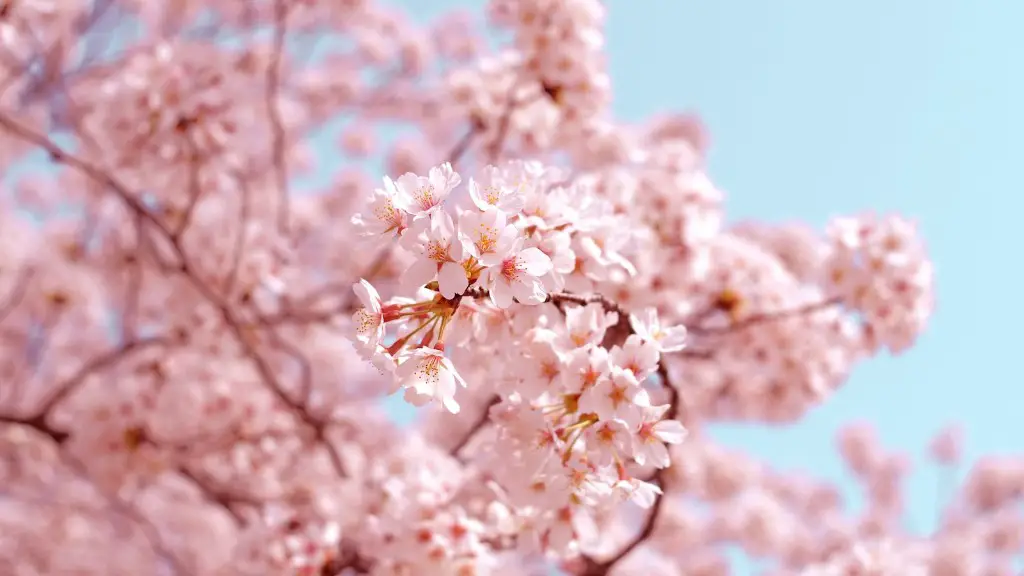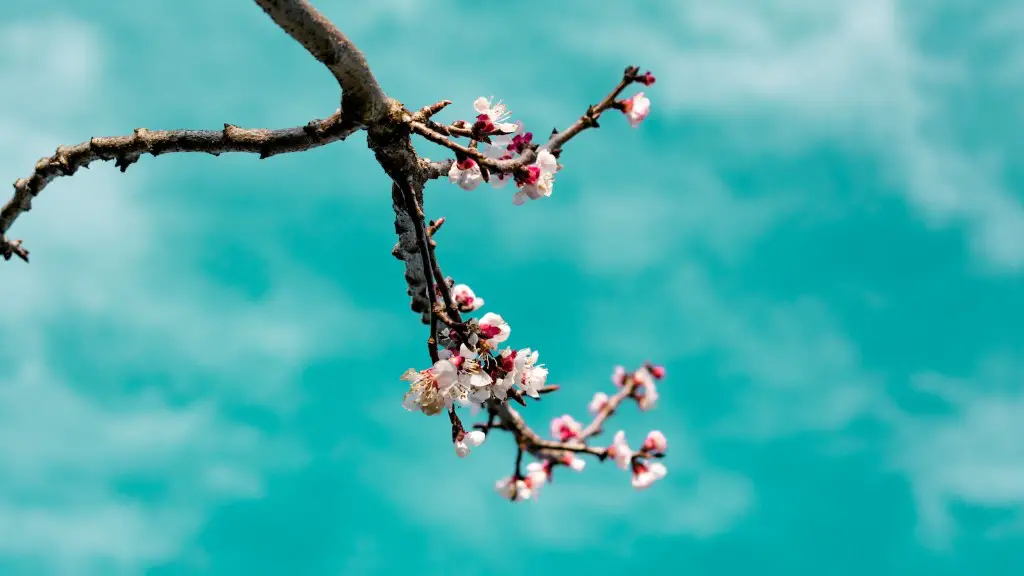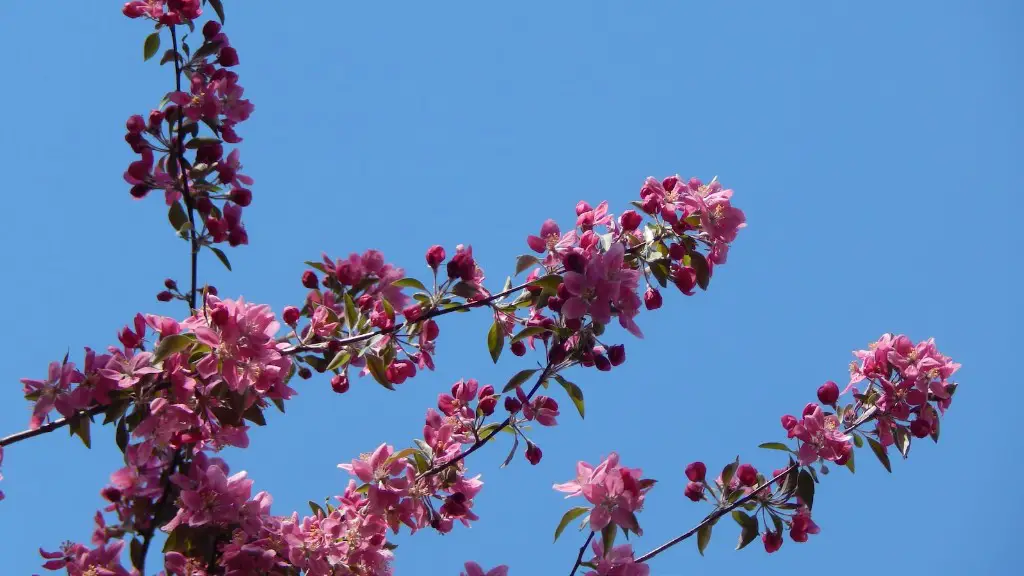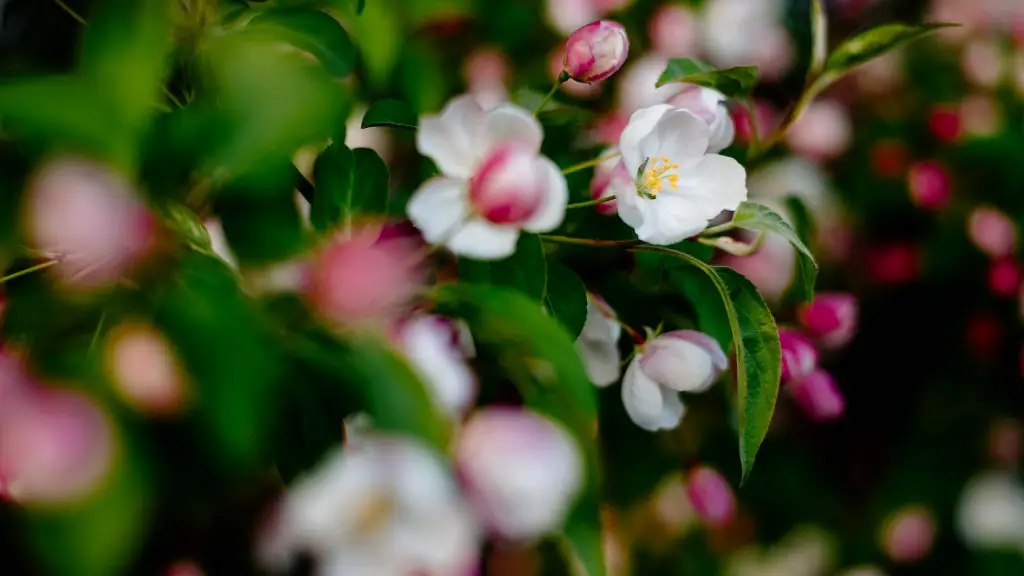How to Grow Dwarf Weeping Cherry Tree from Seed
Dwarf weeping cherry trees add color and a whimsical, drooping touch to any yard. Growing this beautiful tree from a seed is an economical and rewarding task. Best of all, relatively little effort is required to get the job done! All you need is a few supplies and a little attention to the steps below and you’ll soon be enjoying a mini weeping cherry tree of your very own.
To begin, you’ll need a few supplies. First, select a small pot with holes in the bottom. This will help the plant to not become waterlogged. You should also get some soil, preferably a mix that is superior in drainage properties such as potting soil. Sand can also be used in combination with the soil. Finally, obtain some dwarf cherry tree seeds.
The next step is to fill the small pot with the soil and sand mixture. Make sure the soil is relatively dry, as this will ease when watering the seed beans. Next, place the seeds one and a half centimeters into the soil, pressing lightly. Finally, sprinkle some water over top to moisten the soil.
It’s important to ensure the seed is kept moist but not too wet. Covering the pot with a cloth is a great way to help your seed retain moisture. Keep the cloth in place, but make sure you check on the pot often and take the cloth off to allow ventilation. Lastly, select the right place for your pot. Make sure it gets adequate sunlight, as it will help to keep the soil warm and will also help the development of the seed sprout.
Developing Roots
The key to a successful growing experience is in checking the soil’s moisture. Too much water can damage the seed, too little will lead to the seed dying from lack of needed hydration. The seed should take a few weeks to develop a root. Make sure to check on it often, without disturbing the delicate system too much. Lastly, if you find the cloth is becoming wet quickly, don’t hesitate to swap it out for a fresh one.
The roots will take some time to develop. Be patient with the seed, as it’s natural to be curious, but trying to rush it before it’s ready can be harmful to the plant. After roots have started to grow, the seedling should take between two and four weeks before the top part will manifest. This is the case, depending on weather conditions and the temperature. Additionally, you should keep monitoring the temperature and the soil moisture to ensure your cherry tree is growing perfectly.
Planting the Seedling
When the roots are fully developed, the seedling is ready to be transplanted to the ground. Make sure to get the soil ready for the transplant by cultivating it and adding fertilizer for nutrients. If a hole is made in the soil where the cherry tree will be planted, the hole should be about double the size of the pot’s width. This will help aerate the roots and soil.
The next step is to place the seedling carefully in the hole, making sure two-thirds of the root system is actually buried in the soil. It is important to use your hands to press gently on the newly placed soil to help your seed settle in the area. Lastly, if you feel the need to add some water, make sure to pour it gently, as this will make it easier for the roots to develop.
Caring for Your Dwarf Weeping Cherry Tree
It is necessary to water the tree weekly and add fertilizer every two weeks. This will help to make sure your tree gets the needed nourishment to grow healthy. Rainfall is of course helpful, but you should make sure to look out for any extreme weather conditions that may harm your crop.
If you find the soil is becoming dry and the tree is not receiving enough water, consider lining the soil with mulch. This will help the ground to stay moist and eventually turn into nutrients for the tree to grow. Additionally, weeds are a highly annoying issue. Make sure to uproot them if you spot them, as they will steal away the small tree’s much-needed nutrients.
Last but not least, always pay attention to signs of disease. Common ailments like powdery mildew and root rot can damage your beautiful mini cherry tree, so vigilance is key. If you spot the appearance of any unusual parasite or fungi on your crop, contact a local nursery for advice or look for insecticides that you can use for the problem.
Transplanting When Ready
When your mini cherry tree is roughly three years old, it should reach the height of 1 to 2 meters. At this point, it will be ready to be transplanted. Make sure to prepare the soil the new area will be receiving the tree in the same way you prepared the area where the seed was initially planted.
Carefully remove the tree from the soil while making sure the roots are still intact and free of any soil particles. Place it in the new area and press the roots first into the soil, as they were originally before planting the tree
Gently water the tree and make sure to protect it from strong winds with windbreaks. Depending on the weather conditions, it may take some time for the tree to readjust, but rest assured that it will eventually take root and grow stronger and stronger.
Thinning Out
Young cherry trees require a thinning out job every so often. During their first three years of growth, you should thin the tree out to allow better ventilation, which can help to prevent issues and diseases.
Always prune only vigorous shoots, twigs, and branches; pruning any weak limbs is not recommended. Consider cutting back branches of up to one-third of their original length. This will help to produce a strong system, allowing for a healthy looking tree.
Make sure to use clean and properly sanitized pruning tools to prevent any parasites or bacteria to spread onto the leaves and trunk. If you are uncertain on how and where to prune your mini cherry tree, seek advice from a qualified professional.
Fertilizer Treatments
Fertilizing helps to ensure that the mini cherry tree gets the necessary nutrition it needs to grow big and strong. During the first year, fertilizing can be done every two months, once in either April or May and once in August. Make sure to opt for a balanced fertilizer specifically designed for a dwarf cherry tree for optimal results.
Begin fertilizing when the leaves have fully developed. Make sure that the soil is adequately moist, as this will help the fertilizer to be absorbed better. As soon as the fertilizer is put into the soil, water the tree. Lastly, remove any fertilizer that is in contact with the tree’s trunk, as this could lead to burns and other problems.
Insecticides Requirements
Apes, caterpillars, and pests are among some of the major enemies of your mini cherry tree. If you spot them, don’t hesitate to contact a local nursery or garden center to obtain the right insecticides. Make sure to read the instructions on the product carefully and to use it properly. Insecticides can be harmful if not properly used, so make sure right attention is paid before going on treating your tree.
Lastly, wear protective clothing when handling pest treatments, as they may cause skin problems or other health issues. If you are unsure how to manage the problem, consult with someone more experienced or contact the product manufacturer for more details.



